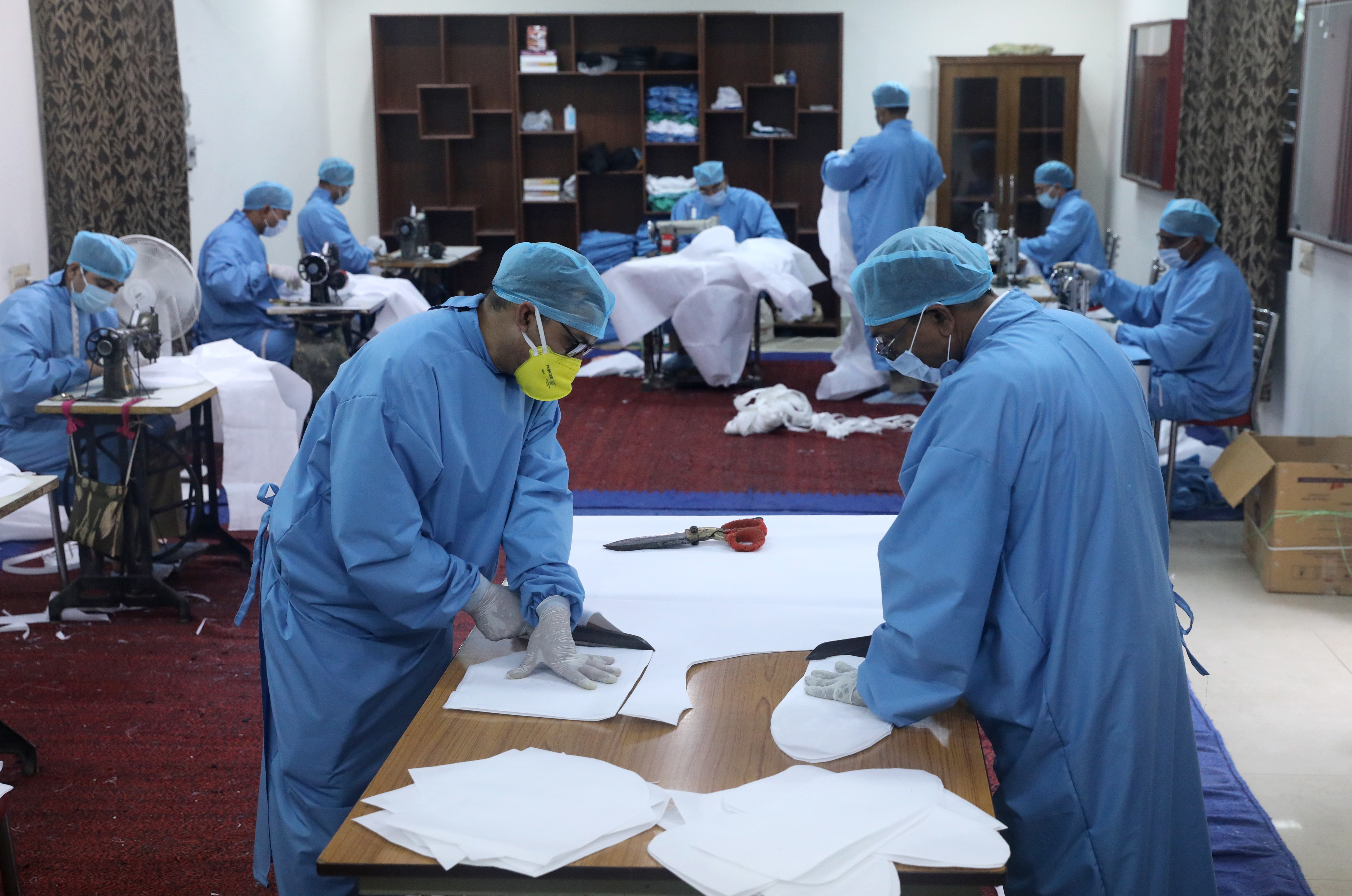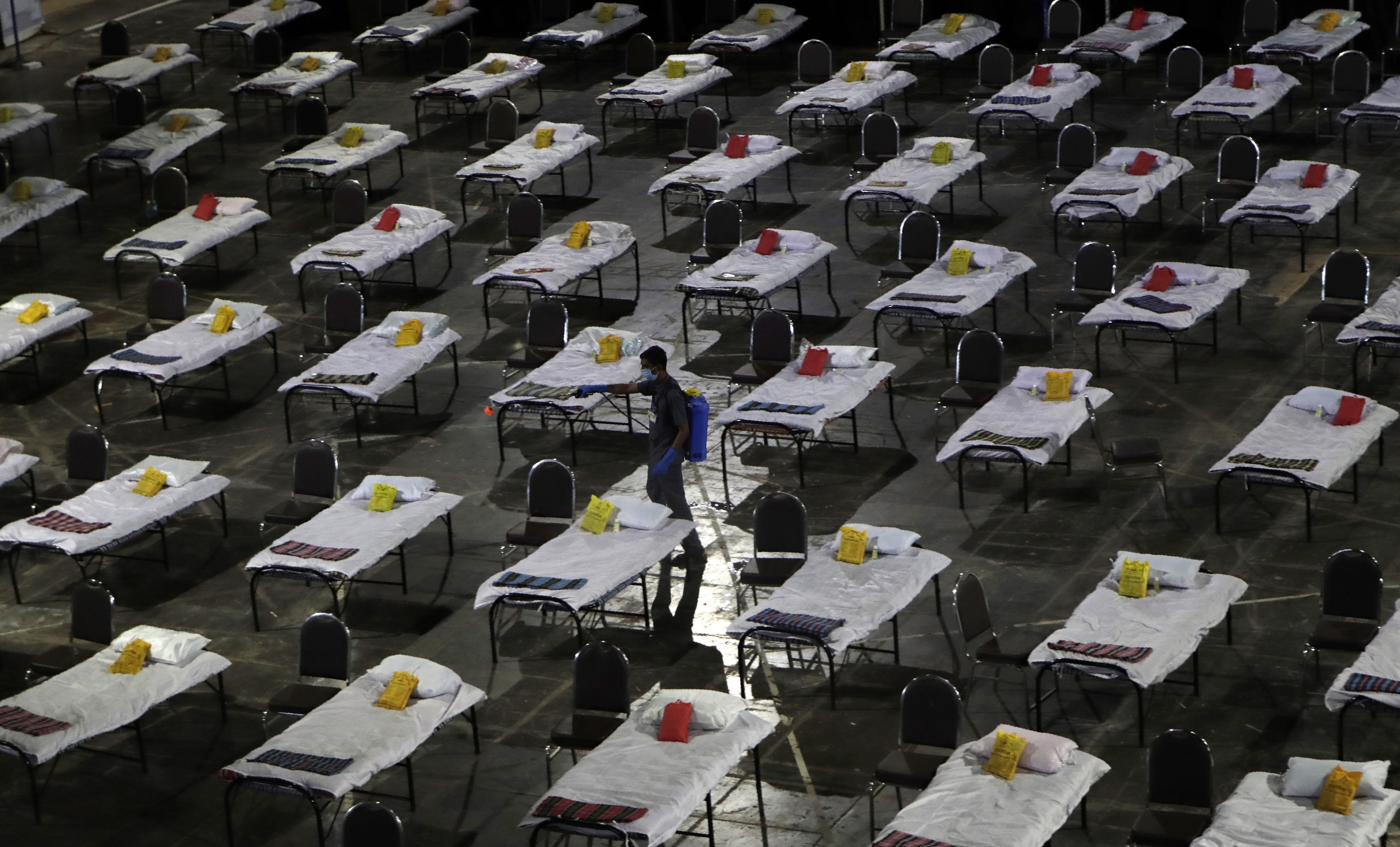Many Australian Indians on temporary visas and student visas are worried about not being able to travel back to the home country due to the temporary ban on commercial flights. But the reports coming from India could be more worrisome than the travel restrictions.
Both Australia and India confirmed their first case of COVID-19 just five days apart in late January.
However, while the recent trends show Australia is bringing the pandemic under control, numbers in India are soaring every day. While Australia tested four travellers from the Chinese city of Wuhan positive for coronavirus on the 25th of January, India’s first case was confirmed on the 30th of January. It was a medical student evacuated from the same Chinese hotspot.
While Australia tested four travellers from the Chinese city of Wuhan positive for coronavirus on the 25th of January, India’s first case was confirmed on the 30th of January. It was a medical student evacuated from the same Chinese hotspot.

Central Reserve Police Force officials create PPE kits and face masks for health care staff at a CRPF facility in New Delhi, India, 10 April 2020. Source: AAP
The number of cases in Australia has risen day-by-day since then. However, the first three cases in India – all in the south Indian state of Kerala – had recovered in two weeks.
The second round of infections was detected in India more than a month later, on 2nd of March only, by the time Australia had 33 confirmed cases and one death.
This is how the situation has changed in both countries thereafter.
There were criticisms that Australia was slow to respond enough in the initial stage.
But after imposing strict social distancing measures, a travel ban for foreigners and mandatory quarantine for anyone coming to the country, Australia has managed to start flattening the curve by the last week of March.
The prime minister and medical experts pointed out this positive, downward trend, with a caution that it would be too early to relax any of the restrictions. Deputy chief medical officer Paul Kelly said on Friday that Australia was on the “cusp of” defeating the virus, pointing to the fact that the rate of transmission in the country was down to one or two people for every confirmed case.
Deputy chief medical officer Paul Kelly said on Friday that Australia was on the “cusp of” defeating the virus, pointing to the fact that the rate of transmission in the country was down to one or two people for every confirmed case.

A civic worker sprays disinfectant on beds at a special temporary hospital facility for COVID-19 patients in Mumbai, India, Friday, April 10, 2020. Source: AAP
“Where you want to be is below one – so less than one other person being infected after a person themselves has the infection,” he said.
Once you get to that point the virus dies out or the epidemic dies out.
"At the moment we're probably on the cusp of that in Australia … whether that's where we're going to be in several weeks or months remains to be seen,” he added.
However, even after announcing a complete 21-day lockdown on the 24th of March, India’s cases have risen, registering more than a 10-fold increase in just two weeks.
On March 25th the total number of cases was around 500, but it went up to almost 6,000 by April 8th.
The number of new cases reported on each day shows the difference in the trend.
The sudden spike in the number of cases was reportedly linked to a gathering at the Delhi headquarters of Tabliqi Jamaat, an Islamic Organisation, between 12th and the 23rd of March.
Officials said that more than 1,700 cases across many states were linked to this congregation.
Difference in Death Rate
The death rate in India due to coronavirus is lower compared to the global rate and other Western countries, but it also shows a stark contrast with the condition in Australia.
By 10th April India has recorded 239 Covid-19 related deaths, with a rate of roughly 3.15. However, the death rate in Australia is less than 1%, reaching 54 deaths on the same day.
The testing rate shows another huge gap between the two countries.
While Australia has a testing rate of 13,000 per one million people, India’s rate is around 100 per the same number of people. The huge size and density of population and comparatively low testing capacity made it difficult to get many people tested.

